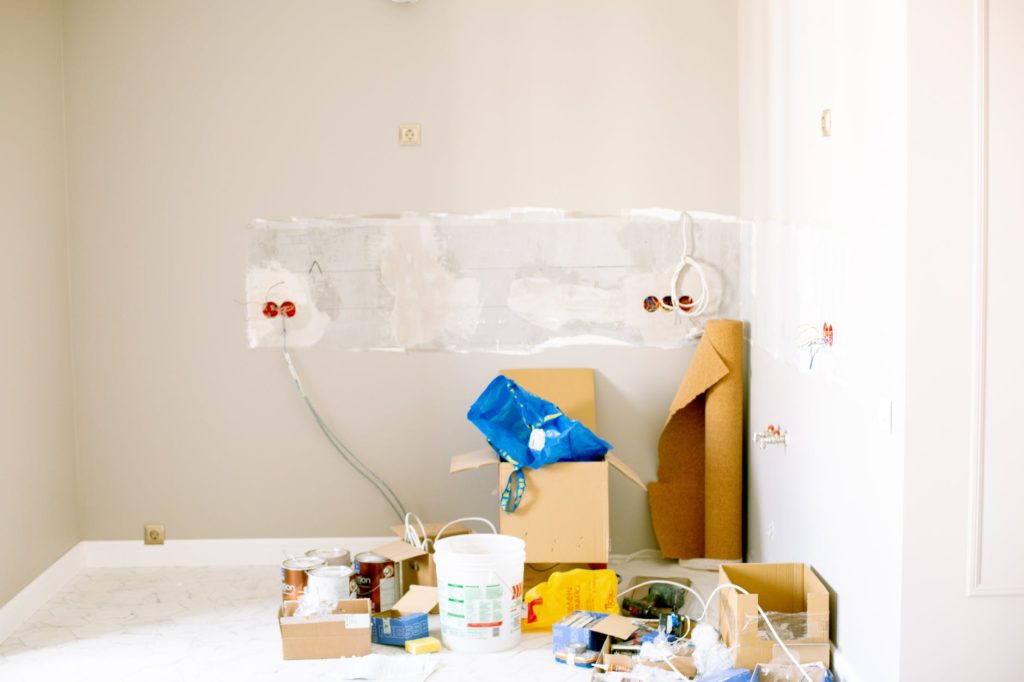
Remodeling and renovating your home are not easy tasks. After all, you intend your ideal house to be exactly what you desire. Choosing a set-up, colors, and materials is difficult enough without the additional burden of wiring.
More than any other home improvement project, wiring is strictly about safety. Whenever an electrical outlet is fitted appropriately, it is as safe as it could be, but when it is fitted incorrectly, it could be lethal to you or anyone around.
Here are some suggestions to make wiring your home less of a pain and help your renovation job run smoothly.
Power Tests
The most effective approach to avoid electrocution is to regularly test wires and equipment for power prior to operating on or around them. Just turning off the electricity is insufficient.
Mislabeled circuit breaker boxes are not unusual to find, particularly if the electrical supply has been expanded or altered over time. Most of the time, the label on the circuit breaker will represent what it regulates.
Before working on the circuit wires, consistently test for power to prevent any altercations or malfunctions.
Examine Amperage Ratings
Every piece of electrical wire and equipment has an amperage rating. This is the highest electrical current that they can safely handle. Most ordinary residential circuits are designed for 15 and 20 amps, but large-appliance circuits (like ones for stoves and electric dryers) might be certified for 40, 50, or even more amps.
When installing or changing wires and devices, be sure that all the items you utilize have the correct amperage value for the circuit. A 20-amp circuit, for instance, requires a 12-gauge wire that is certified for 20 amps. Installing 14-gauge, 15-amp wire on that circuit creates a fire danger because the 20-amp breaker controlling that circuit may not trip before the 15-amp wire overheats.
Connect the Wires Tightly
Conductors, like cables and the metallic contacts of sockets and outlets, carry electricity. Strong connections throughout conductors provide seamless transitions from one conductor to the next. On the other hand, loose connections function like speed bumps, limiting flow and generating heat and friction. Extremely loose connections could cause arcing, which occurs when electricity travels through the space between conductors, generating a great amount of heat.
Make sure all electrical connections are strong and have complete contact with the wires being connected to avoid fire dangers. Always use authorized wire connectors when splicing wires.
Looking for a residential electrical contractor? Experts can come out and go to work right away, ensuring that your electrical wiring is the frosting on the cake for your smooth makeover.
Lizzie Weakley is a freelance writer from Columbus, Ohio. In her free time, she enjoys the outdoors and walks in the park with her husky, Snowball.
